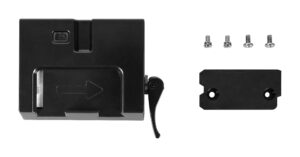
To enhance its affordable desktop and mobile printer ranges, TSC Printronix Auto ID today… Read more »

To enhance its affordable desktop and mobile printer ranges, TSC Printronix Auto ID today… Read more »

To enable businesses to future-proof their increasingly diverse labelling needs, TSC Printronix Auto ID… Read more »

BIXOLON Europe GmbH, a subsidiary of BIXOLON, the global manufacturer of advanced receipt, label… Read more »
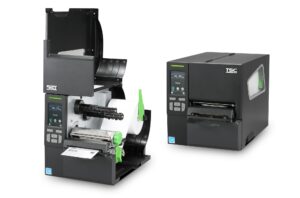
In response to the growing demand for linerless labelling, TSC Printronix Auto ID has… Read more »

We catch up with a global barcode printers leader, which has experienced strong growth… Read more »
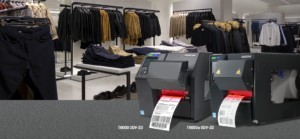
TSC Printronix Auto ID is already well known in the logistics and packaging industries… Read more »

The Alpha-30R next gen mobile barcode printer from TSC Printronix Auto ID is now on… Read more »

TSC Printronix Auto ID has launched its first mobile RFID printer, the Alpha-40L RFID. TSC… Read more »
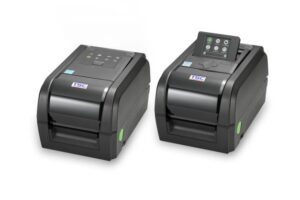
TSC Printronix Auto ID says it is continuing to set standards in thermal label printing… Read more »
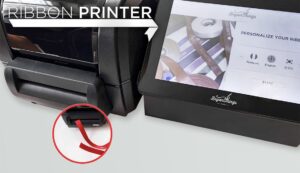
Nothing expresses thoughtfulness more than a sublimely wrapped gift. And prestigious, luxury brands such… Read more »

Footwear, apparel, consumer electronics, and other consumer goods manufacturers and suppliers can incur tens… Read more »
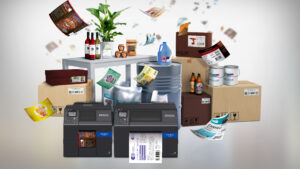
Renovotec, the UK’s fastest-growing rugged hardware, software and services provider for supply chain companies… Read more »
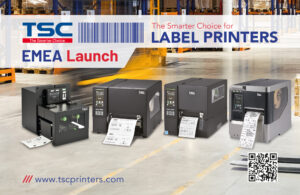
New models and advances in security, wireless connectivity, remote management and printhead management mark just some… Read more »
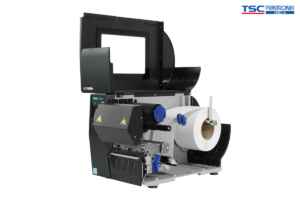
TSC Printronix Auto ID, a global leader in barcode label printing solutions, adds real-time… Read more »

BIXOLON Europe GmbH, a subsidiary of BIXOLON Co. Ltd, a leading global Mobile, Label… Read more »

Bixolon Europe GmbH, a leading global mobile, label and POS printer manufacturer, has announced… Read more »
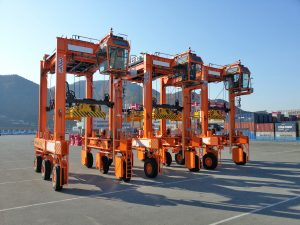
The HDC Hyundai Development Company of Korea has ordered a fleet of 28 Konecranes… Read more »
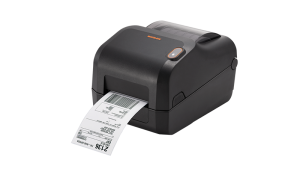
Bixolon has today launched the XD3-40t, a 4-inch (118mm) cost-effective Direct Thermal or Thermal… Read more »
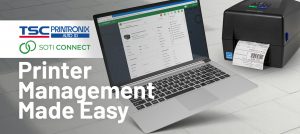
TSC Printronix Auto ID, comprising two industry-leading barcode printer brands, has announced a new… Read more »

Postal and parcel services as well as carriers currently have to face various challenges:… Read more »

Danish-based label printer the Interket Group has hired Ursula Fredriksson as Head of Strategic… Read more »

Battery manufacturer Exide Technologies has revealed ts new GNB Sprinter XP12V4400 battery at Data… Read more »
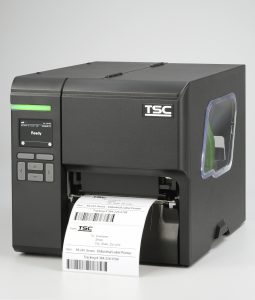
Space-saving footprint like a desktop printer due to downsized dimensions, but powerful as an… Read more »
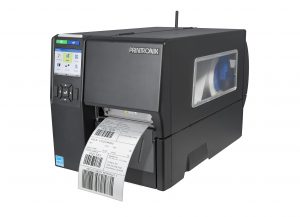
Printing expert Printronix Auto ID has just launched T4000, the latest in its range… Read more »
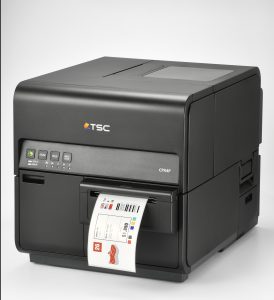
By releasing the new CPX4 series, TSC Auto ID says it is setting new… Read more »
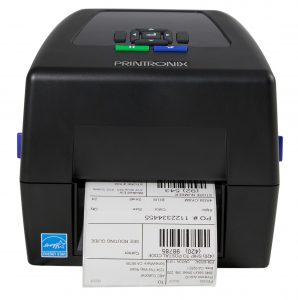
Printronix Auto ID has just announced the launch of its T800. This high performance… Read more »
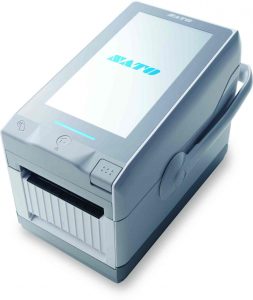
Auto-ID provider SATO has launched the FX3-LX, a cloud-connected touchscreen label printer that can… Read more »

TSC Auto ID is to present its first colour series printer at ScanPack 2018… Read more »
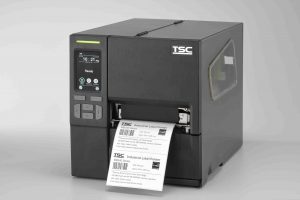
With its new MB240/MB340 and MB240T/MB340T models, TSC Auto ID is offering what it… Read more »
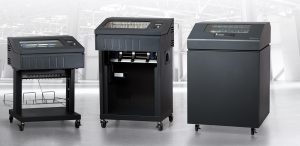
In the prolonged hot dry spell being enjoyed (or suffered, depending on your point… Read more »
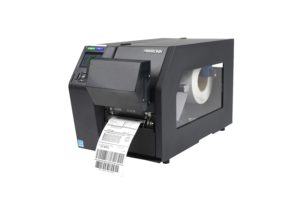
Following the launch earlier this year of the industry’s first affordable, fully integrated thermal… Read more »
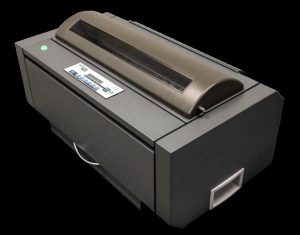
Printronix LLC has launched two new serial dot matrix printers, the S828 and the… Read more »
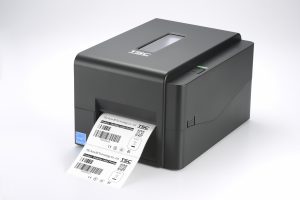
TSC Auto ID is expanding its TE200 desktop printer series with two further thermal… Read more »
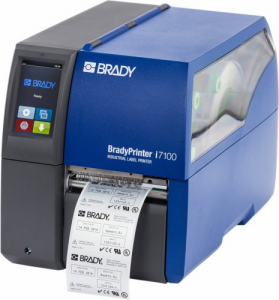
The new BradyPrinter i7100 Industrial Label Printer is a reliable, heavy-duty and high accuracy… Read more »

TSC Auto ID has launched nine innovative, reliable thermal transfer label printers with the new… Read more »

TSC Auto ID is to showcase its brand new thermal transfer printer series MH240… Read more »

Brother UK has launched a new range of robust mobile printers for the manufacturing… Read more »

TSC Auto ID has extended its portfolio of lightweight, mobile thermal printers, consisting of… Read more »

International haulage company JJX Logistics has improved the safety and sustainability of its fleet… Read more »

Today, consumers across the UK are facing a cost of living crisis. As a… Read more »
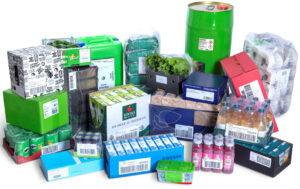
With the global logistics labels market poised for significant growth in the coming years,… Read more »
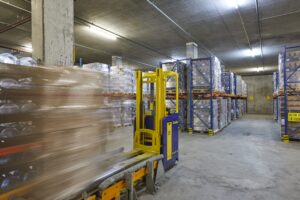
Weleda AG is a leading manufacturer of anthroposophical medicine and holistic natural beauty products.… Read more »

Although any building that stores raw materials or manufactured goods before distribution is called… Read more »

Peak season is a chaotic and profitable time for the majority of retailers and… Read more »

Small ecommerce businesses are hugely reliant on the quality and timeliness of parcel delivery… Read more »
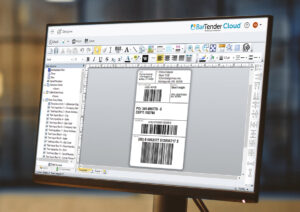
Seagull Scientific supplies software to design, print, mark and code labels, RFID tags, products,… Read more »

Business technology solutions provider Brother UK has partnered with ECS Global to help the… Read more »
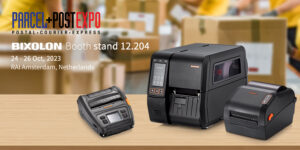
BIXOLON Europe GmbH, a subsidiary of BIXOLON, the global manufacturer of advanced Receipt, Label… Read more »